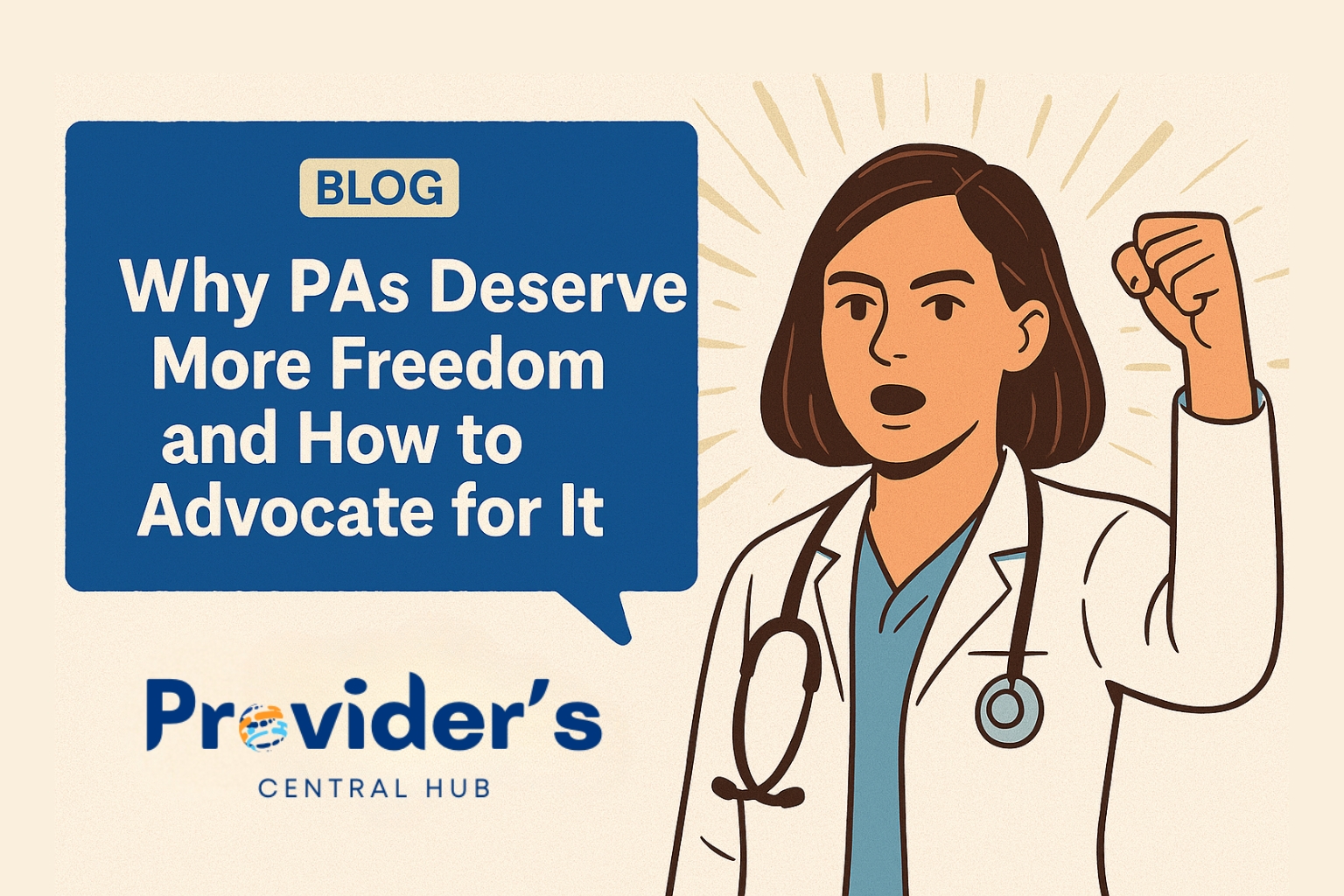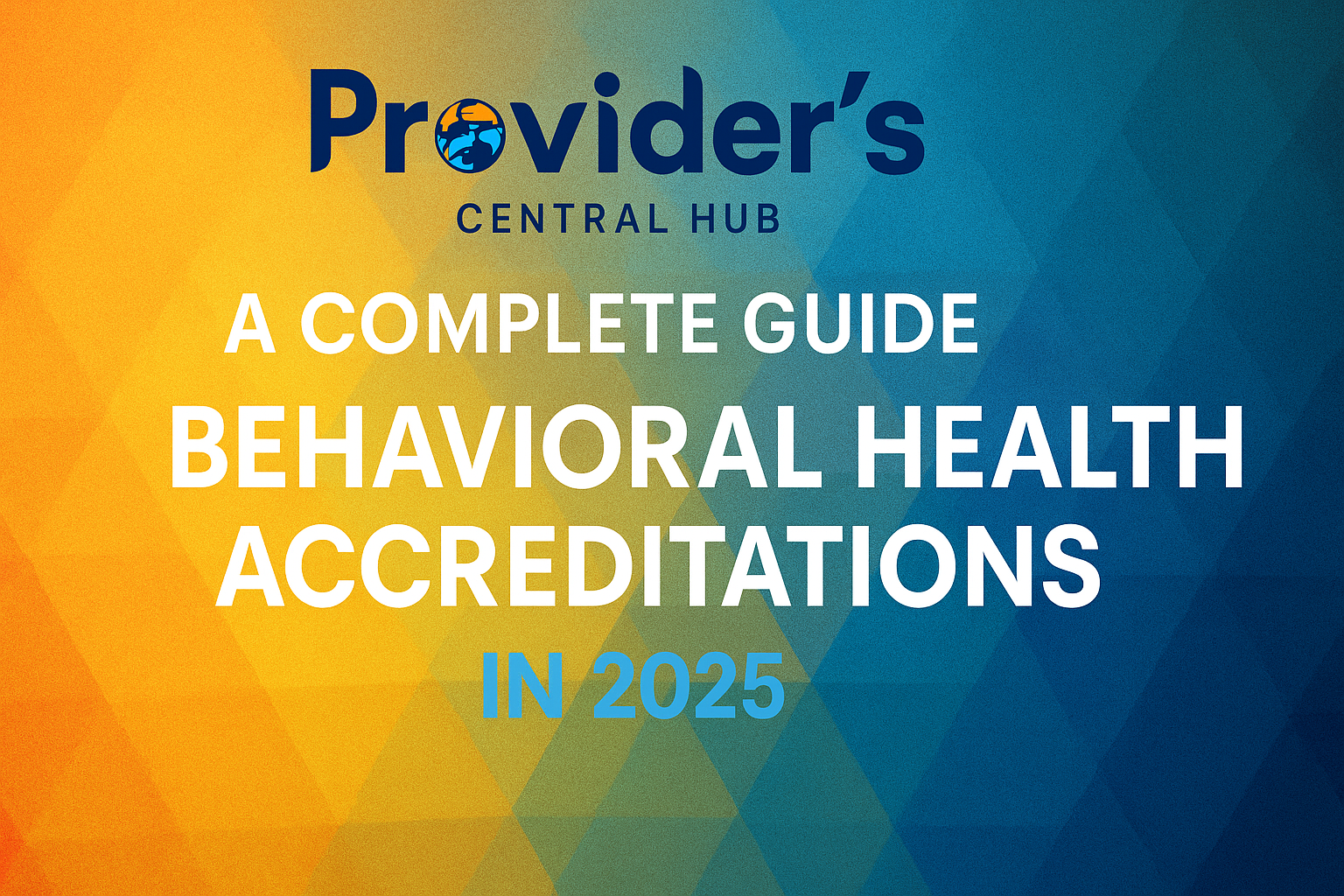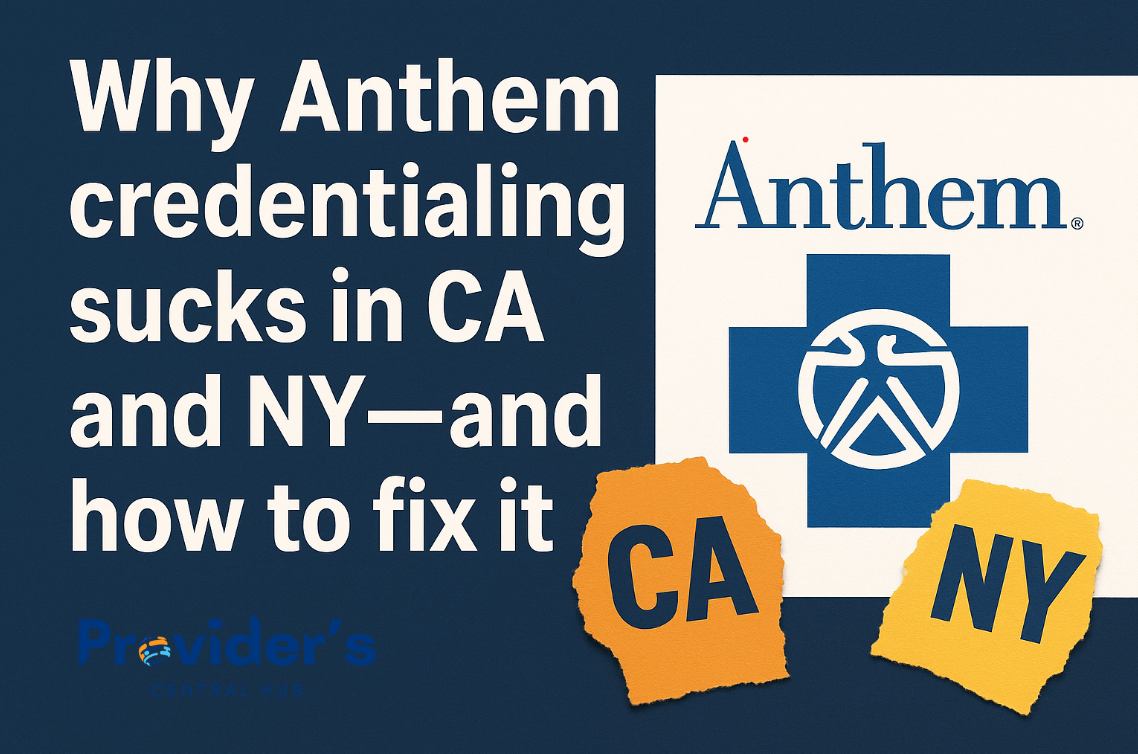Introduction
Credentialing with insurance companies is essential for healthcare practices in the United States. It enables doctors to bill insurers directly, expanding access to patients with insurance and ensuring a consistent revenue stream. However, the credentialing process is often fraught with delays, leading to potential revenue loss and operational disruptions. Here’s how U.S. practices can navigate these delays and safeguard their revenue.
Understanding the Credentialing Process
Credentialing is the process by which insurance companies verify a provider’s qualifications, training, and background to confirm they meet the standards required to bill the insurer. While essential, this process can take several weeks to months to complete. Common steps include:
- Application submission: Compiling and submitting detailed documentation about the provider.
- Verification: Insurers validate credentials, malpractice history, licenses, and other qualifications.
- Approval or Denial: Following verification, the insurer either approves or denies the application.
The time to complete these steps varies depending on the insurance provider and the accuracy of the application. Knowing what to expect can help practices plan accordingly.
Common Causes of Credentialing Delays
Credentialing delays can result from various factors, including:
- Incomplete or inaccurate applications: Missing documents, expired licenses, or outdated information can cause immediate rejections or prolong the review process.
- Backlogs at insurance companies: High application volumes often mean extended wait times for approval.
- Provider credentialing errors: Even minor mistakes or inconsistencies can require re-submission, adding more delays.
- Changes in provider information: Any updates in employment, licensure, or personal information may require re-verification, further slowing the process.
Recognizing these potential pitfalls allows practices to mitigate issues before they cause delays.
Strategies to Minimize Credentialing Delays and Revenue Loss
A. Streamline Documentation Preparation
Ensuring documentation accuracy and completeness is vital. Practices should double-check all application details, including licenses, certifications, and other supporting documents. Some tips to streamline this step include:
- Use a checklist: Compile a detailed list of required documents for each insurance provider.
- Keep documents updated: Regularly renew licenses and certifications to avoid delays from expired credentials.
- Assign a dedicated team member: Designating a staff member or team to handle credentialing can reduce mistakes and improve efficiency.
B. Establish a Credentialing Timeline
By planning credentialing applications well in advance, practices can align on boarding schedules with insurance approval timelines. A proactive approach may look like this:
- Start early: Submit applications 60–90 days before the desired start date to avoid gaps in billing.
- Follow up consistently: Contact insurers weekly or bi-weekly to check on the application status. Regular follow-ups ensure applications stay on the radar and can help expedite the process.
C. Partner with a Credentialing Service
Outsourcing credentialing to a dedicated service can be highly effective in navigating complex applications and tracking multiple insurers. Credentialing services handle all aspects of the application process, reducing the burden on your staff and expediting approvals. Additionally, these providers are experienced in working with various insurance companies, which helps reduce delays.
D. Consider Provisional Credentialing Options
Some states and insurers offer provisional credentialing, allowing providers to start billing under certain conditions while their application is under review. Although not universally available, provisional credentialing can be a lifesaver for practices looking to minimize revenue loss. Practices should contact individual insurers to determine if provisional options are available.
E. Negotiate Retroactive Payments
If credentialing delays are unavoidable, consider negotiating retroactive payments with insurers. Many insurers offer retroactive reimbursement for services provided during the credentialing period, but this requires prior arrangement. Practices should document every patient encounter and associated billing details to simplify retroactive reimbursement once credentialing is complete.
Monitoring and Maintaining Credentialing Status
Credentialing is not a one-time event. Insurers often require periodic re-credentialing, and any lapse in a provider’s credentialing can lead to revenue disruptions. Practices should maintain a calendar of credentialing deadlines for each provider and insurer to ensure credentials are always up to date. Automating reminders through a practice management system can help practices stay on top of these recurring tasks.
The Financial Benefits of Optimized Credentialing
By minimizing credentialing delays, U.S. practices can:
- Increase cash flow: With quicker approval, practices can start billing insurance companies sooner, stabilizing revenue.
- Reduce administrative costs: Efficient credentialing reduces the need for re-submissions and follow-up calls, saving time and resources.
- Enhance patient experience: Credentialing delays may prevent patients from seeing their chosen providers. Faster credentialing allows patients to receive timely care, improving satisfaction and retention.
Conclusion
Credentialing delays can be a significant source of revenue loss for healthcare practices, but they’re manageable with the right strategies. By preparing complete documentation, maintaining communication with insurers, and considering professional credentialing assistance, practices can navigate the credentialing process more effectively. Proactive credentialing management not only preserves revenue but also enhances patient access, contributing to a practice’s long-term success.




